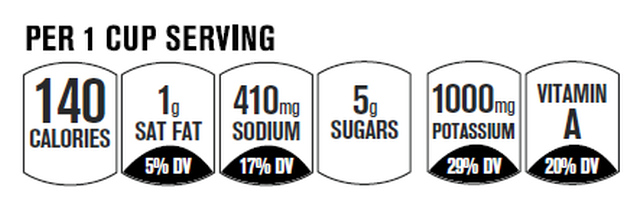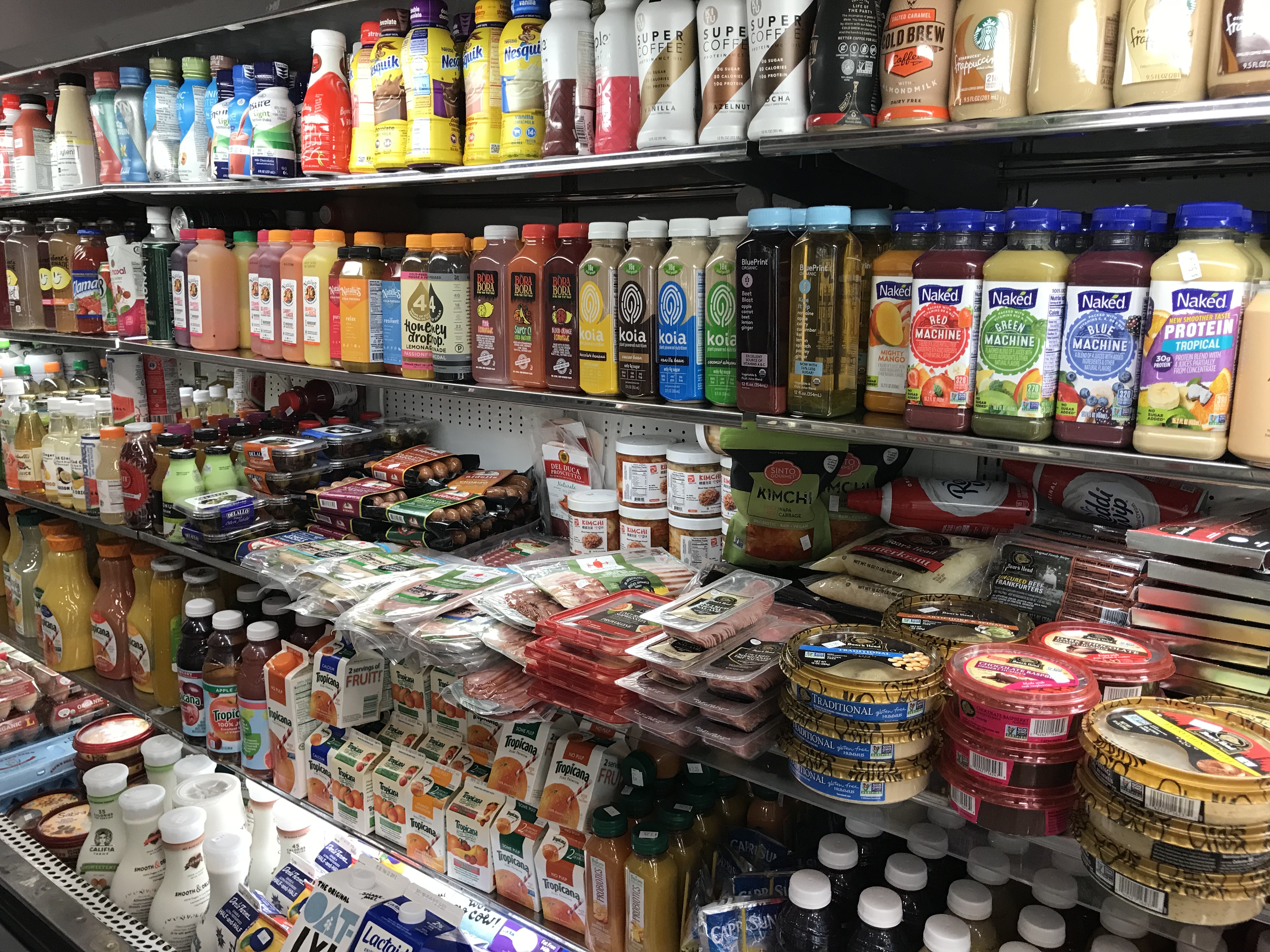By David Lundquist
My friend Valerie is in her late 30s and lives in Brooklyn. She’s just been diagnosed with type 2 diabetes, and her doctor says she has to take insulin for the rest of her life. Valerie’s angry. She doesn’t want this burden that will change how she lives. Her doctor says she got diabetes because she hasn’t been eating healthy and she needs to make improvements to her diet.
The problem is that choosing healthy food products is difficult. When Valerie is grocery shopping, it’s hard for her to know from the labels what’s healthy and what isn’t. She’s often confused by what she sees on the packaging. Can you blame her? We’re constantly bombarded with labels like “Organic,†“Fat Free,†“All Natural,†“Whole Grain,†and “No Artificial Sweeteners.†Determining the truth is daunting and very confusing. How many serving sizes will I eat? Is this amount of sugar too much? It’s like reading the fine print, and it’s no way to shop.

The solution is front of package (FOP) traffic light food labels. They show the serving size, calories, and amount of sugar, fat and salt of the food you currently are holding in your hands. Red is unhealthy, yellow is questionable, and green is healthy. The UK introduced these food labels in 2013, but labels are optional for food manufacturers and only two thirds of products in the UK display them. Other countries have done extensive studies on FOP traffic light food labels. Studies done in Canada, Australia, Germany, and in the U.S. have all come to the same conclusion…traffic light food labels work. They make picking healthier food options easier.

The U.S. attempted to solve this food label dilemma with “Facts Up Front,†a voluntary front-of-package labeling system introduced by the Grocery Manufacturers Association in 2010. Facts Up Front labels are supposed to summarize important nutrition information on packaged food, like the amount of calories, saturated fat, sodium and sugar in a product. But this effort is essentially ineffective. These labels are hard to see, with no signifying color to catch your attention. There’s no percentage of recommended daily value listed for sugar, and companies can choose what to include or not include on the label, depending on packaging space. This is hardly a useful tool for consumers. The evidence is clear: simple, color-coded systems for labeling food items increases consumers’ attention to the nutritional value of their food choices, encouraging healthier purchases and discouraging unhealthy purchases.
FOP traffic light food labels will help my friend Valerie to choose healthier food products when shopping. But she isn’t the only one who’s been fooled by confusing and deceptive food package labels, and who has been diagnosed with a diet-related chronic disease. In fact, too many Americans have preventable diet-related diseases, such as type 2 diabetes, obesity, heart disease, high blood pressure, and some forms of cancer. It’s an epidemic that keeps growing.
Timing is everything for this type of initiative. Today’s headlines show that what we eat is having extreme consequences on our health. The U.S. is known as the most powerful nation on the planet, but we’re also known as the fattest nation on the planet. Excess sugar consumption is a huge issue in the U.S. Organizations like the American Academy of Pediatrics and American Heart Association are endorsing soda taxes to help reduce sugar consumption for kids. FOP traffic light food labels will help parents more easily identify which food products at grocery stores contain high levels of sugar.
Today there are two key hurdles to get FOP traffic light food labels implemented in the U.S. The primary and most significant challenge will be obtaining the food industry’s buy-in. They claim these labels will cost too much to incorporate and that they’ll experience reduced profits from lower sales. But consider this: they already redesign product packages to market to new and existing consumers. The labels will require few additional costs, especially since companies are already using the “Facts Up Front†labels. FOP labels may also incentivize food producers to reformulate their products, so they are healthier and therefore have greener labels. But the caveat is the results of FOP labels in Europe: distorting portion sizes. This tactic results in companies listing smaller portion sizes so that labels go from red to yellow without reformulation. U.S. regulators must prevent the food industry from distorting portion sizes to once again deceive consumers into thinking their products are healthier than they really are. Given the food industry’s deep pockets and powerful lobbying capabilities on Capitol Hill, changes will require a huge policy shift, changing the focus of lobbying from business interests to public health interests.
The second hurdle will be getting the U.S. government’s buy-in. The Trump Administration is in favor of deregulation of big business, especially the food industry. Last year during the North American Free Trade Agreement (NAFTA) renegotiations, the Trump Administration helped the food industry by limiting the ability of any NAFTA member to require consumer warnings on the front of sugary drinks and fatty packaged foods. Trump himself is a known lover of sugary and fatty foods, even starring in commercials for McDonald’s and Pizza Hut. But there’s a growing movement to give food issues the attention they deserve so that it’s easier for people, like my friend Valerie, to improve her health and overall well-being. As the most powerful nation in the world, the U.S. needs to set a better example when it comes to public health.
David is a student in Wagner’s Executive MPA Program for Public Service Leaders.




